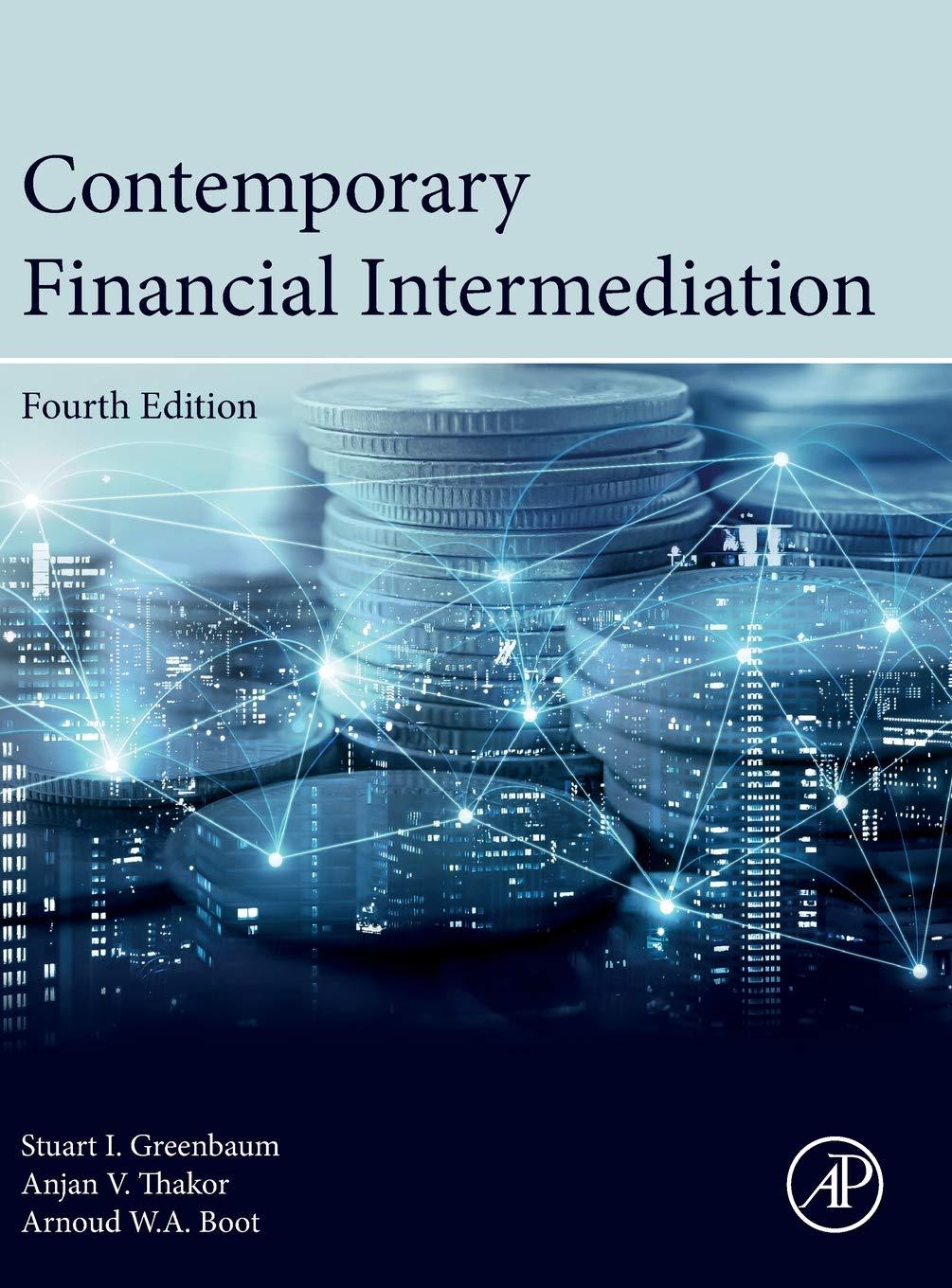Consider a borrower that can choose between two projects, S and R, each of which will pay
Question:
Consider a borrower that can choose between two projects, S and R, each of which will pay off a random amount one period hence. Project S will yield $250 with probability 0.9 and zero with probability 0.1 one period hence.
Project R will yield $350 with probability 0.4 and nothing with probability 0.6 one period hence. The bank’s cost of funds is equal to the riskless interest rate of 10%. As a banker, you cannot control your borrower’s project choice directly because you assume universal risk neutrality. Moreover, you can charge this borrower 200 basis points above your breakeven interest rate before the borrower switches to another bank. Compute the expected payoffs of the borrower and the bank under the following two scenarios: (i) the bank and the borrower can contract with each other over only one period and the borrower will request a single loan of $150, and (ii) the borrower will need a sequence of two $150 loans, with the ability to choose between S and R in each period. What should be the choice of the contracting horizon?
Step by Step Answer:

Contemporary Financial Intermediation
ISBN: 9780124052086
4th Edition
Authors: Stuart I. Greenbaum, Anjan V. Thakor, Arnoud Boot





